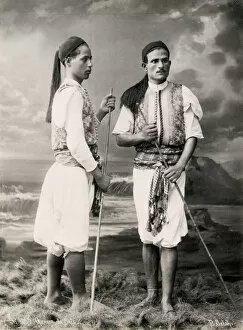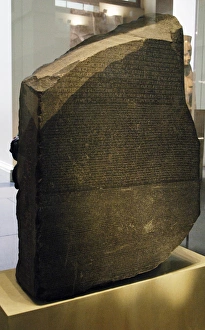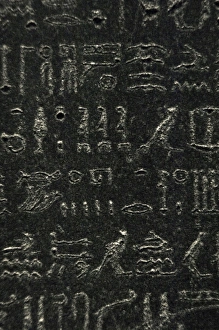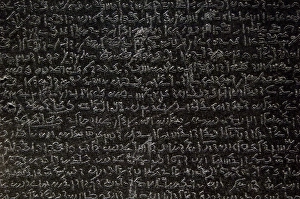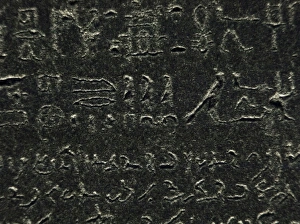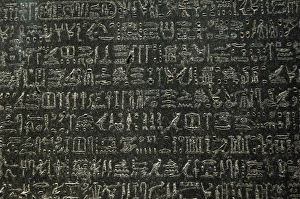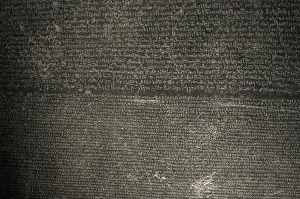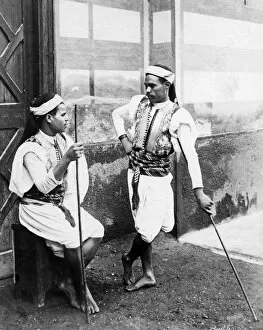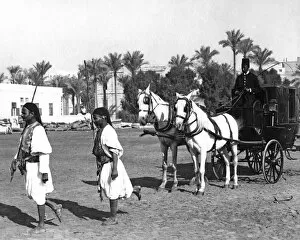Sais Collection
"Sais: Unraveling Ancient Egypt's Enigmatic Past" Step back in time and immerse yourself in the captivating world of Sais
All Professionally Made to Order for Quick Shipping
"Sais: Unraveling Ancient Egypt's Enigmatic Past" Step back in time and immerse yourself in the captivating world of Sais, an ancient Egyptian city that holds the key to unlocking a rich tapestry of history. At its heart lies the enigmatic Rosetta Stone, a monumental artifact that forever changed our understanding of hieroglyphic scripture. Dating back to the reign of Amasis II (570-526 BC), this stone became a gateway into deciphering ancient Egyptian writing systems. Inscribed with three different scripts - Hieroglyphic, Demotic, and Greek - it provided scholars with invaluable clues about their meanings. Picture yourself strolling through the bustling streets as horse-drawn carriages pass by, accompanied by elegant footmen dressed in traditional attire. The Zangaki studio beautifully captured this scene, immortalizing Cairo's vibrant atmosphere during that era. But Sais is not just about grandeur; it also boasts tales of mythical allure. The London Hippodrome once showcased "Three Maidens from Sais, " transporting audiences into an enchanting realm where legends came alive on stage. Venturing beyond the city limits reveals intriguing ruins shrouded in mystery. A photograph from 1890 showcases these remnants left behind by unknown creators—a testament to Sais' enduring legacy even after centuries have passed. As you delve deeper into its story, you'll find yourself captivated by every facet of Sais' past—the intricate details etched onto the Rosetta Stone's Greek scripture and its significance within historical context. This remarkable artifact continues to inspire awe and fascination among those who seek to unravel Egypt's secrets. Sais beckons explorers from all corners of the globe—its allure transcending time itself. Prepare for an extraordinary journey through ancient civilizations as you uncover hidden treasures amidst crumbling ruins and decipher cryptic inscriptions etched upon stones like whispers from long-gone eras.


